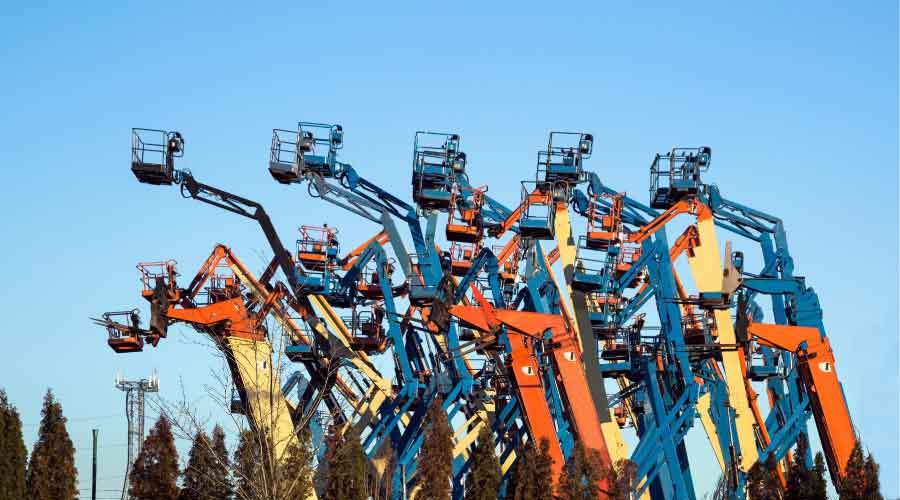The ABCs of Inventory Management
Perhaps the biggest challenge facing many maintenance and engineering managers — whether they realize it or not — is the state of their departments' inventory management systems. These essential systems ensure a reliable supply of spare parts and equipment for front-line technicians, but they often are among the most inefficient, misunderstood and potentially money-wasting systems in institutional and commercial facilities.
Bringing efficiency to inventory management requires managers to address several core issues — software needs, storage options, and product identification — that might at first appear basic but are, in fact, the cornerstones of a streamlined operation. By understanding the role each plays in inventory management, managers can make decisions that ultimately deliver greater technician productivity and lower operating costs.
Software Solutions
The first step in streamlining inventory management is installing a computerized maintenance management system (CMMS) or, for departments with a CMMS that no longer can meet the daily demands of maintenance, replacing the existing software.
Managers can select from among many fully functional and reasonably priced systems, but it is important to select one that is bar-code capable and that allows the parts inventory module to interface with modules for equipment history, preventive maintenance (PM), scheduling, work-order management, and purchasing.
The CMMS is an invaluable tool that streamlines, coordinates and plans most maintenance functions, and it allows managers to schedule shutdowns, outages, and routes for PM and predictive maintenance. It also can ensure that the spare parts and supplies required for these activities are either reserved for that activity or are ordered ahead of time so they are available when needed.
Because the CMMS links the inventory and work-order modules, the work order includes a list of parts that are checked out to the work order using bar-code technology. The storeroom operator logs on to the portable bar-code scanner, registers the work order, the parts' locations, and the parts to be issued and then enters the quantity to be issued.
The work order contains equipment, cost center, department and other charge-code numbers, so when a technician closes the work order, the CMMS records the various costs for chargeback — along with subsequent costs for maintenance labor hours and parts — to a history file.
When the storeroom supervisor issues parts, the inventory module generates a report on parts levels that have fallen to or below the reorder point and sends that information to the purchasing module, which sorts and groups parts by vendor for reordering. Most software will transmit these purchase orders directly to the vendor.
Related Topics:













